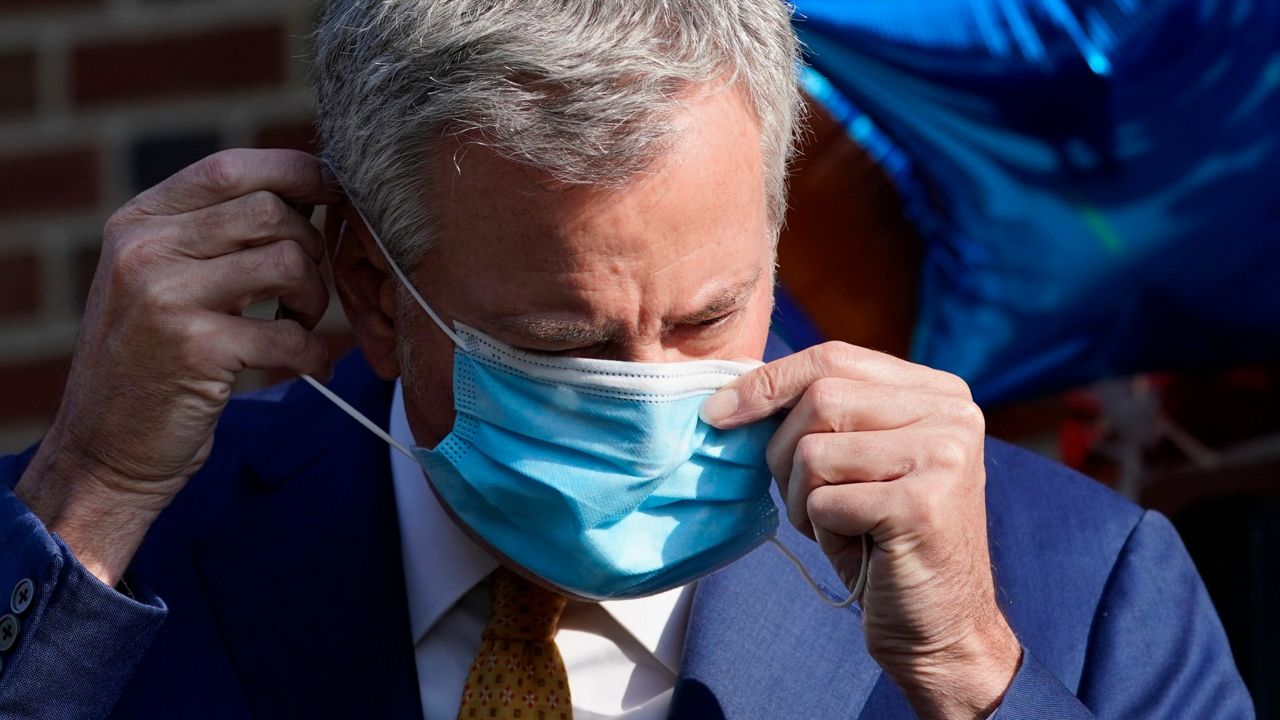Public school buildings closed indefinitely Thursday. What will it take to reopen them? Mayor de Blasio says he doesn't have a plan for that yet.
"Sometimes it is hard to imagine the next phase until you get there. You do your damnedest to plan ahead, but you can't always do that,” de Blasio said Thursday during his daily briefing. “We have a really ever-changing situation here, but the conversations are quickly progressing.”
The school system moved to all-remote learning Thursday, after the seven-day average positive rate for coronavirus tests hit 3%. That threshold was set before the academic year began. But since then, testing has shown that schools are not a major factor in spreading the virus. The mayor said, with that in mind, he'll set new standards for reopening schools.
"What we do know, which we didn't know back in August, we now have proof positive we can keep our kids, our educators, our staff safe. And we're going to reset the equation for the new facts we have, and make them safe again and get our schools back,” the mayor explained.
The 3% threshold is facing much criticism.
"The 3% rule was seemingly arbitrary; I never really heard any public health or epidemiological justification behind it,” said Isaac Weisfuse, a medical epidemiologist and adjunct professor at Cornell University.
The mayor insists the figure came from his health officials, and not as a result of pressure from the teachers union, as some have suggested.
"It was something our health care team and I decided, separate from any discussions with the union, because we thought it would be the thing that would give people confidence that they could come back, and it did,” de Blasio said.
Union President Michael Mulgrew backed this up, telling NY1 the city came up with the figure, and that the union had floated a community-based approach.
Asked if he was open to seeing the standard changed, Mulgrew said, "I think what we should do is, the state in its orange zones are putting schools in remote at 3%, but it's much more targeted on geography, which makes a lot of sense to us, which is why we proposed it in August."
Weisfuse agrees there should be a more targeted approach.
“The idea that you could come up with one number for the entire city just doesn't seem very credible at this stage."
But that new approach still has not been decided.



